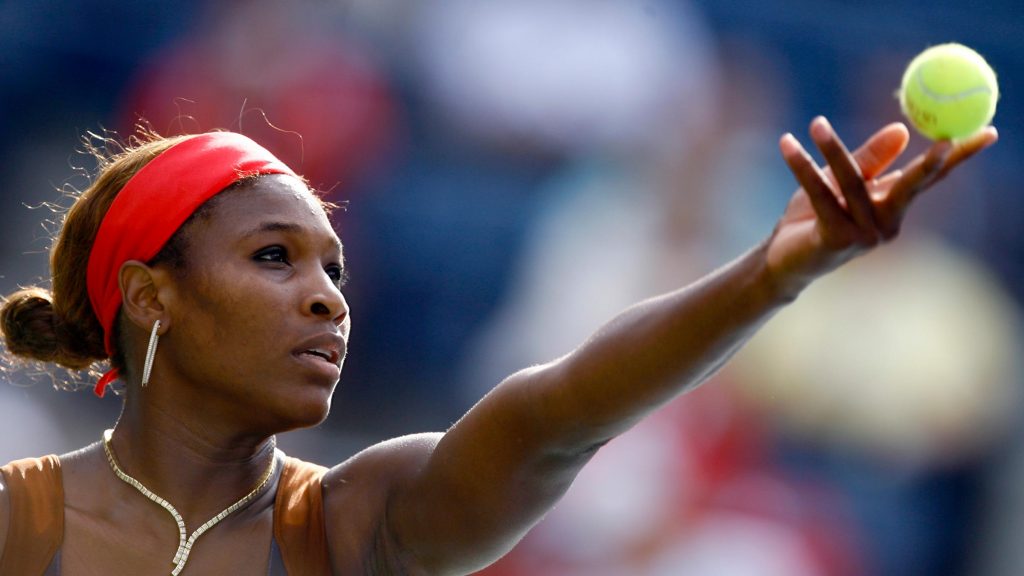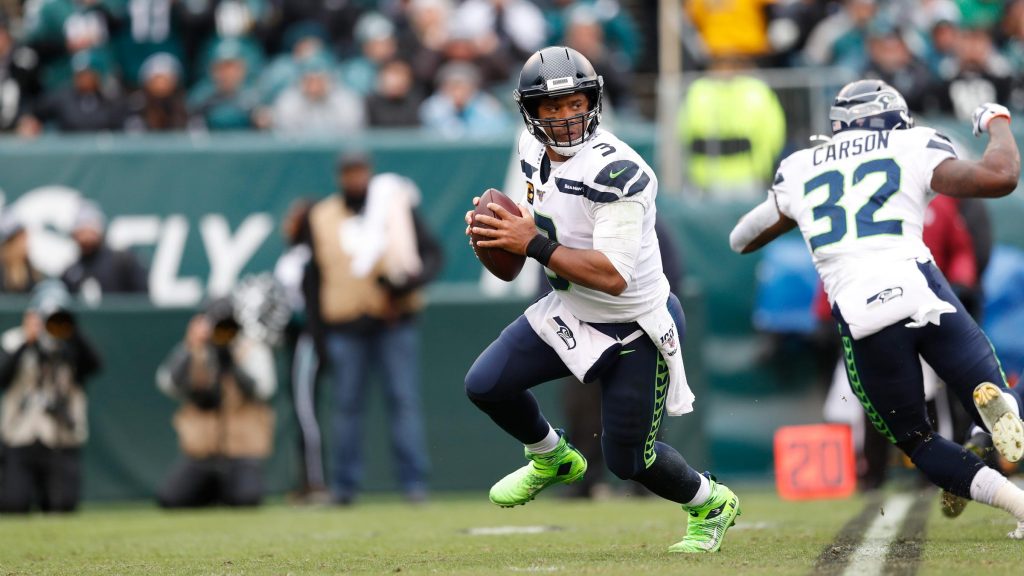There’s no shortage of professional do-gooders in professional sports: Soccer star Cristiano Ronaldo paid for a young fan’s much-needed brain surgery. JJ Watt put together a Hurricane Harvey relief fund that generated more than $37 million in donations and built nearly 1200 homes for Harvey victims. Coincidentally, his goal was to raise $200,000. These types of charitable acts are common amongst professional athletes, even if the results are quite so dramatic.
Charity, for all intents and purposes, is a cultural norm in the U.S. Most Americans (six in ten) make at least one charitable donation in any given year. USA Today reports that in 2016, nearly 37 million tax returns claimed charitable deductions at tax time, with the average deduction being well over $5,000.
But making a single charitable contribution is different from founding a charitable organization whose mission is to meet a specific set of needs for your community. In that way, professional athletes outshine most of us.
Launching a charity, foundation, or nonprofit is no easy task. More, efficiently managing one takes resources most charities are continually struggling to acquire and to keep, and that includes donors. But organizations run by high-profile elite athletes start with two key advantages from which any charity would benefit, and they are resources and visibility.
Why High-Profile Founders Can Circumvent Certain Challenges
*The U.S. is home to more than 2.7 million foundations, charities, and nonprofit organizations. For organizations in the U.S. and Canada, the two biggest challenges nonprofits face have to do with resources – specifically, having the manpower needed to run the nonprofit (18% of respondents surveyed identify staff as their biggest challenge) and acquiring and nurturing donor relationships (11% of respondents said donor cultivation, acquisition, retention and communications was their biggest challenge).
Professional athletes are consistently some of the most influential people in the world. For as long as professional sports have existed, professional athletes have been revered by fans of professional sports. And that’s a primary reason you brand partnered with athletes to sell everything from cigarettes to home owner’s insurance.
Long before Michael Jordan and Nike redefined the endorsement deal, Babe Ruth pitched chewing tobacco and multiple cigarette brands (no pun intended there) to adoring fans.
Today, brands aren’t just relying on athletes to promote athletic footwear or sports equipment. But luxury brands like Rolex are aligning with elite athletes like Roger Federer and lifestyle brands like State Farm and Nationwide are leveraging the influence of NBA stars Chris Paul and James Harden.
There’s sound reasoning behind these choices. A Washington Post piece by Christine Emba notes that for sports fans, team affiliations can be more powerful than social groups, professional affiliations and even and religious affiliations.
While historically, an athlete’s celebrity grew in direct proportion to his or her success in sports, today, social media makes celebrity far less predictable and far more accessible. Athletes leverage social media tools like Twitter, Facebook, and Instagram to keep the lines of communication open with their fans. In that way, social is the perfect medium for athletes to get the word out about themselves, their teams, corporate partners, and charitable organizations.
The reach of social media goes a long way toward helping professional athletes create compelling personas off the field and off the court to establish themselves as attractive, trustworthy, and knowledgeable – the three qualities that typically compel social media followers to inquire more about the brand and causes mentioned in athlete-promoted social media content (Hambrick and Mahoney, 2009). Social media also aids athletes, celebrities, creators, and entertainers in building their own fan bases, separate and apart from their respective disciplines and teams.
A foundation is an organization funded by a family or corporate entity. Foundations may or may not accept donations from the public, and they don’t generate revenues from goods or services they provide. Instead, foundations invest portions of their endowments then use the money made from those investments to provide support to other organizations in the form of grants.
Charities receive donations and generate revenues from their operations. Charities like hospitals and universities provide support and services to the public and help to advance the overall health and success of a community while other charities exist to support other charities.
A non-profit organization is typically one that exists to do social good. Revenue for the organization is generated through the sale of goods and services. Revenues generated over the cost of running the non-profit are invested into the organization’s mission.
Athlete-Run Charities That Are Successfully Serving Their Communities
We shortlisted a handful of athlete-run charitable organizations that are making a measurable impact in the communities they serve.
Lebron James Family Foundation
One of the most well-known charitable organizations founded by a professional athlete has to be the Lebron James Family Foundation. If you happen to follow Lebron James on social media, you may notice he often tags his posts #just akidfromakron, or a similar variation. Long before he created the foundation, James had already made a commitment to give back to the community that nurtured his growth for so many years. The Lebron James Family Foundation was created to do just that.
Founded in 2004, LJFF’s mission is to teach children in the Akron, Ohio area the value of education, physical fitness and healthy living.
The Lebron James Family Foundation supports the I Promise School in Akron, a STEM-based initiative aimed at creating a pipeline through which at-risk kids can move seamlessly from elementary school to being high school graduates. There’s a stat that says one child drops out of school in America every 26 seconds. I Promise was specifically designed by Lebron James to combat that problem. To date, more than 1400 Akron students have been served by the Lebron James Foundation and the I Promise Initiative.

Serena Williams Fund and The Williams Sisters Fund
Tennis star Serena Williams is an icon, a living legend. Her motto to #BeSeenBeHeard is one that resonates with women everywhere. For years, she and her older sister (and tennis star) Venus have been participating in charitable causes, many of which have been initiated through either the Serena Williams Fund or the Williams Sisters Fund.
Officially, the Serena Williams Fund “was established to promote equity; through education, gender, race, disability or anything else that stands in the way of someone achieving their goals and living their best possible life.” From Serena Williams’ perspective, the fund was born from two key passions:
Creating equity through education – Williams is known to say “education is the great equalizer”. So, much of her foundation’s work focuses on providing children and communities the resources needed to further educational endeavors. Whether that means stocking the classrooms with books and supplies in Compton, CA where she spent her childhood or building actual schools. In 2008, the Serena Williams Fund partnered with Hewlett-Packard and the Build African Schools Initiative to build a secondary school in Kenya. Since then, the organization has funded schools in Uganda and Zimbabwe. In 2016, the Serena Williams Fund partnered with Helping Hands Jamaica Foundation to build the Salt Marsh Basic School in the parish of Trelawny.
Supporting those affected by senseless violence – Serena Williams comes from a large family. In September 2003, Williams’ oldest maternal sister, Yetunde Price was killed, the innocent victim of a gang shooting in Compton. In 2016, the Williams Sister Fund opened the Yetunde Price Resource Center, a community center that provides resources, programming, and therapy for those directly or indirectly affected by senseless violence.

Russell Wilson Why Not You Foundation
Seahawks quarterback Russell Wilson has a long list of charitable credits to his name. He visits the patients at Seattle’s Children’s Hospital, he co-hosts the annual charity golf event, and he hosts the annual football camp, Russell Wilson Passing Academy, which helps to develop kids between the ages of 8 and 17 years old both as athletes and as upstanding, productive citizens. Russell Wilson Passing Academy is a fee-based program that extends scholarships to under-privileged inner city youths who otherwise would not be able to afford the camp.
Founded by Russell Wilson in 2014, the Why Not You Foundation aims to create “real and lasting change in the world by motivating, empowering and preparing today’s youth to be tomorrow’s leaders.” Why Not You serves both the Seattle community and a wider national audience through programs, scholarships, and donations.
For instance, the DREAM BIG: Anything is Possible campaign awarded $100,000 in scholarships to high school seniors who wanted to further their education at a trade school, college or four-year university. The program works in connection with the King County Library System to deliver a wide variety of programs for local students.
Why Not You also raised $2.6 million in donations for Strong Against Cancer. And Wilson’s Pass the Peace campaign (on social media #wnypassthepeace) raises both awareness about, and money to help, victims of domestic violence.
In the grand scheme of things, charities are a lot like people, doing their part to make a positive contribution to their communities and to the world. But charitable organizations are often subject to a string of challenges that can gradually shift their missions from doing good to staying afloat. The outliers may be the foundations, charities and nonprofits founded by professional athletes.

